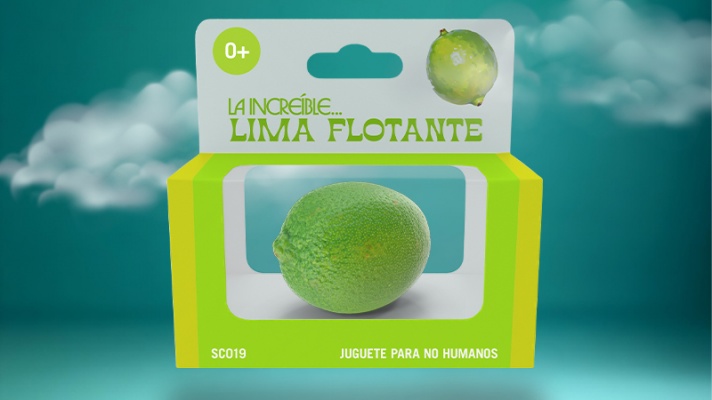Descripción de la Exposición
The critic and curator Philip Rawson, an eloquent guide to the means and methods of drawing over the ages, points out that until the Italian Quattrocento, no European sculptor was supposed to be able to draw. In the medieval period, only those sculptors who also worked in two dimensions drew habitually; any other sculptor who needed, say, to show a client a proposed design hired a draftsman to make one. And when sculptors began to make drawings (for their own use or to guide assistants), they tended to do so without thinking of the format of the paper as a frame to which the image should relate. Instead, the image was generally treated as an independent motif, composed of mutually related units and placed anywhere on the sheet. In this approach, the space of the paper outside the image was not incorporated into the design but functioned like the open, empty space around actual sculptures. ... In contrast, Rawson observes, painters' drawings have tended to treat the usually rectangular format of the paper as a frame to which the image content relates.
—John Elderfield
Gagosian Gallery is pleased to present “Plane.Site,” a cross-generational exhibition of modern and contemporary artists organized by Sam Orlofsky to inaugurate the San Francisco gallery.
“Plane.Site” explores the dynamic exchanges between drawing and sculpture, in the work of artists from the modern post-war period to the present day. To that end, each participating artist is represented by a work in both two and three dimensions.
In an essay to accompany the exhibition, John Elderfield observes “Moving from the boundaries of two dimensions into free space, artists may feel an obvious thrill of escape,” while noting that there is also “the less obvious but equally liberating escape from open space, with its grip of the literal, for the spontaneity of movement and freedom of illusion attainable in the haven of the two-dimensional.” Consistent with his observation, many modern and contemporary artists have evaded the dictate of the rectangular frame, allowing the drawn line to exist on different planes, and eventually, to descend from the canvas into three dimensions. In stepping away from the drawn line on paper and into the heft and mass of three-dimensional sculpture, such artists continued to negotiate the rectangular plane, even when composing in open space.
Spanning multiple generations, “Plane.Site” reveals the shifting grounds of correspondence between two and three dimensions. Duchamp's readymade strategy by which an everyday object can attain the status of art object predicates Joe Bradley's life-size cast-bronze vintage television set (2016) and Jasper Johns's lumpen Flashlight II (1958) modeled in papier-mâché and glass, one of nine iterations of a single motif that he generated using approaches as diverse as bricolage and bronze-casting. In contrast to the deadpan quiddity of their sculptures, both artists exhibit a vivid quickness of touch in their drawings.
Cy Twombly's Untitled, Lexington (2009) represents perhaps the most intimate, intuitive aspect of his oeuvre. Composed with a painter's eye, the sculpture compresses thousands of years of dialogue between the object and its drawn representation. Twombly employed found materials in his three-dimensional work, commenting that his sculptures contain references to “crossing over.” A unique wood, plaster, and cardboard construction, this sculpture has never been shown before.
Just as drawn outlines expand the surfaces on which they are made, sculptural contours, both imaginary and real, generate entirely new spatial relationships. “Plane.Site” maps some of the mutually generative interactions of drawing and sculpture, as lines drawn on paper extend to touch those described in space.
“Plane.Site” features works by Louise Bourgeois, Joe Bradley, Alberto Giacometti, Mark Grotjahn, David Ireland, Jasper Johns, Roy Lichtenstein, Bruce Nauman, Giuseppe Penone, Pablo Picasso, Richard Serra, Robert Therrien, Tatiana Trouvé, Cy Twombly, Andy Warhol, and Rachel Whiteread.
A fully-illustrated catalogue with an essay by John Elderfield is forthcoming and can be ordered from our online shop.

Exposición. 16 abr de 2025 - 11 may de 2025 / Centro Botín / Santander, Cantabria, España

Formación. 08 may de 2025 - 17 may de 2025 / Museo Nacional Centro de Arte Reina Sofía (MNCARS) / Madrid, España